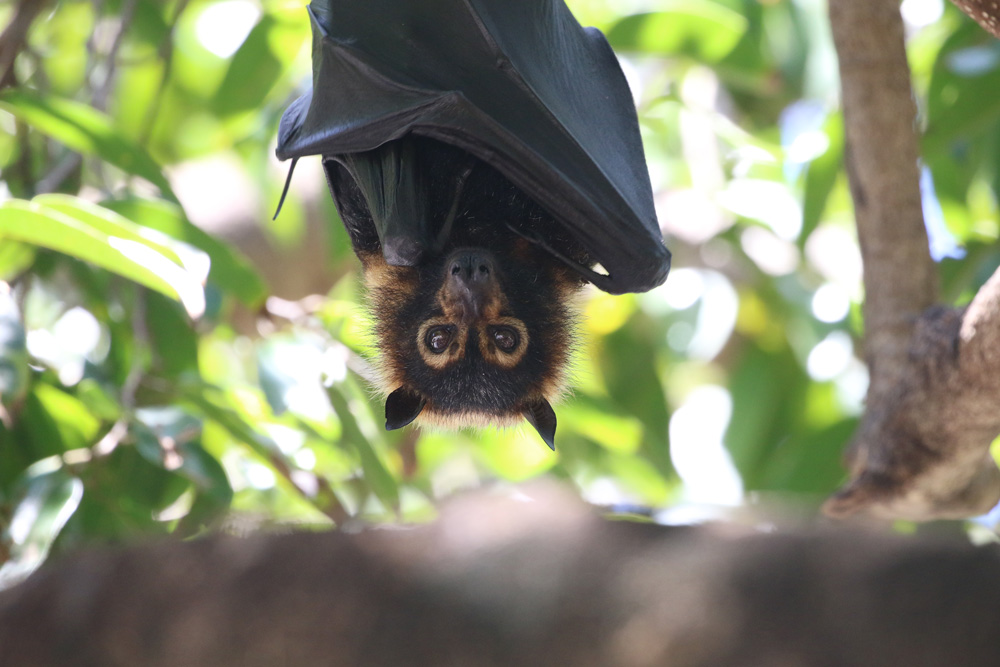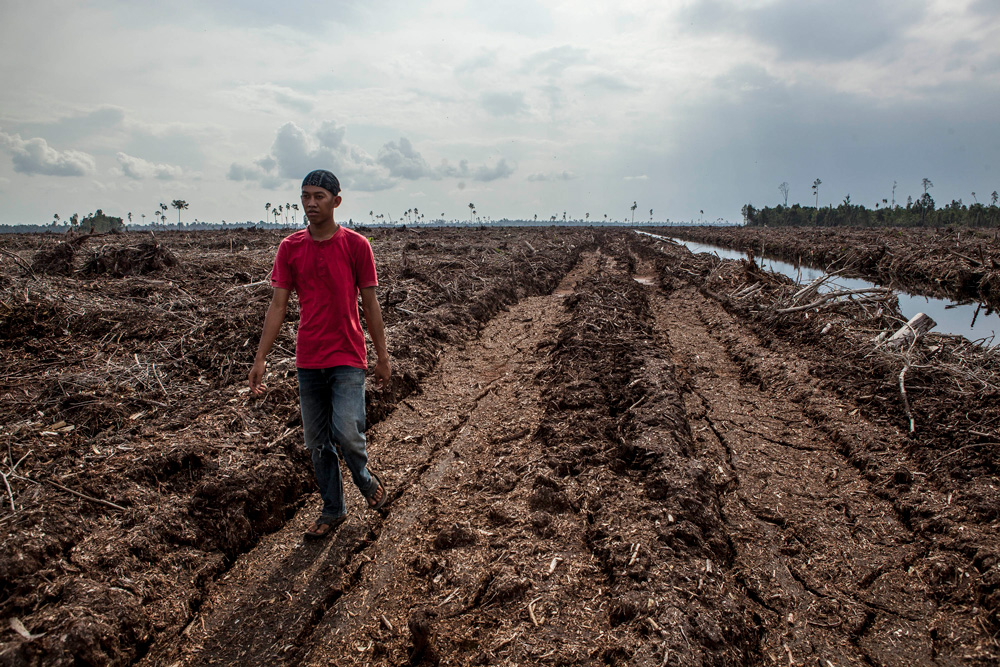Few of us have ever imagined living through a pandemic. With all the global progress and achievements in medicine, a contagion seemed like something from the dark ages. And here we are, battling a noxious virus that set foot in every country, bringing disease, disruption and dismay.
Covid-19 outbreak is still unfolding, and we are yet to fully experience its effect on our societies and lives. However, it’s worth looking into how this coronavirus came about and reflecting on what can be done to diminish the possibility of another pandemic.
How did Covid-19 emerge?
SARS-CoV-2 or Severe Acute Respiratory Syndrome Coronavirus 2, the virus that causes Covid-19, is most closely related to coronaviruses in bats, meaning it’s a zoonosis – a disease that pass from an animal or insect to a human.
Other examples of zoonotic diseases include such scary names as HIV, Zika and Ebola. But Covid-19 belongs to the same family of coronaviruses as SARS and MERS.
The outbreak of SARS in 2002 resulted in 8,098 cases and 774 deaths in 26 countries. Emerging in Saudi Arabia in 2012, MERS brought about 2,494 cases and 858 deaths in 27 countries. Both of them are thought to be bat viruses that got to humans through an intermediate host (civet cat and camel).
Comparing to its “family members”, SARS-CoV-2 has certainly been more effective in infecting humans – the number of reported cases has already passed over 500 000. The virus was only discovered in January 2020 and much more research is needed to fully understand it. Nevertheless, there are things we already know.
Thanks to its structure, which is essentially a spiky ball, the virus easily attaches to the surface of certain human cells, initiating infection. Unlike most of the respiratory viruses that infect either upper or lower airways, SARS-Cov-2 seems to infect both. Generally, upper-respiratory infections are easily transmitted and usually mild; lower-respiratory infections don’t spread as easily but are more severe. Additionally, the new coronavirus can be stable on surfaces for as long as 24 hours, which along with the fact that humans do not have immunity against it, facilitated such rapid spread around the world.
Exactly when and how the virus has first infected humans remains to be determined. It could have come from bats to humans directly or passed through another animal. Coronaviruses are famous for their ability to exchange part of its genome, the so-called recombination, something that makes them prone to change hosts.
Covid-19 is believed to originate from a wildlife market in Wuhan, China where alive wild animals were sold and butchered on the spot, usually using the same slaughtering tools for different species, which creates favorable conditions for the virus to jump from animals to humans. Such markets are a perfect melting pot for new viruses to emerge and spread. However, there are reports of early cases of Covid-19 in people with no links to the market, suggesting the initial point of infection may have been in a different place.

